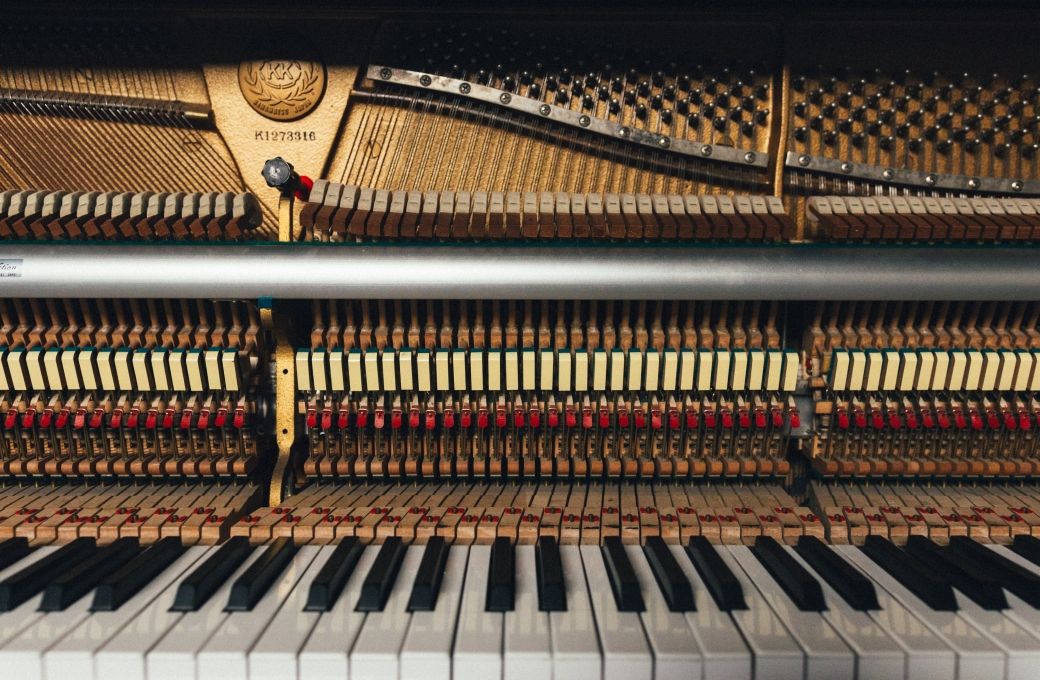Playing the keys? With your fingers? How passé. Composers have been experimenting with novel piano-playing techniques for over a century now. Here are a few highlights from a hundred years of bizarre things you can get up to with your piano.

1. Play with the strings
John Cage may have made this technique famous – and indeed coined the term “prepared piano” in the early 1940s – but he was not the first composer to manipulate the sound of the piano by playing around with the strings. The important experimental composer Henry Cowell coined the term “string piano” in the 1920s, and used a number of techniques, from plucking and sweeping across the strings, to flicking with a fingernail. Even he wasn’t the first, though – surprisingly, Percy Grainger had got there in 1916. The third movement (“Pastorale”) of his suite In a Nutshell requires the pianist to “Strike the strings of the piano with medium-wound Marimba mallet”. Even earlier, Erik Satie’s Le piège de Méduse of 1913 requires sheets of paper to be threaded between the piano strings.
2. Let it vibrate
If you hold down the sustain pedal and use another instrument to play sounds straight into the body of the piano, some of the strings will start to vibrate, “sympathetically” to the pitches being played. Xenakis made use of this effect in his Eonta (1963–64); so did George Crumb in Makrokosmos Volume 1 (1972) – a book of pieces in which the pianist is also asked to do quite a lot of whistling.
3. Play the keys with a piece of wood of 14¾ inches
A section of the second movement (“Hawthorne”) of Charles Ives’ Concord Sonata of 1911 contains so many notes that Ives specifies that a long piece of wood is needed to suppress all the requisite keys.
4. Feed the piano hay
La Monte Young may not have the fame of Steve Reich or Philip Glass, or indeed of Terry Riley, but he was just as important in the early days of minimalism. One undoubted reason for his comparative obscurity is just how seriously boundary-pushing some of his pieces are. The pianist David Tudor was something of a muse at the start of the 1960s, and Young’s Piano Piece for David Tudor #1 (1960) instructs the pianist to place a bucket of hay by the piano so that it may be fed. Piano Piece for David Tudor #3, intriguingly, doesn’t really ask the pianist to do anything at all, consisting solely of the sentence “Most of them were very old grasshoppers.”
5. Destroy it
Philip Corner’s infamous Piano Activities (1962) involved a piano being slowly taken apart over the course of several days. A part of the radical Fluxus movement of the early 60s, this composition has proved surprisingly durable, and still receives the odd performance: they did it at the inaugural London Contemporary Music Festival in summer 2013, for instance. If you’ve got enough pianos to hand, perhaps it’s worth a go.


